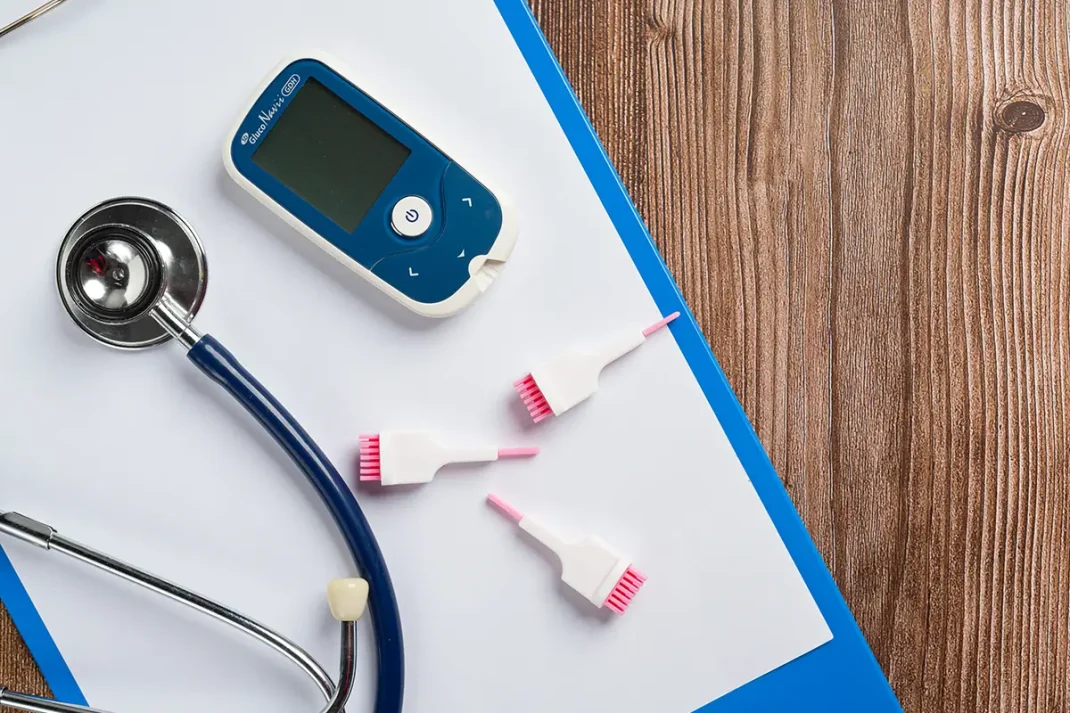Diabetes develops when the pancreas does not produce enough insulin in your body. It produces cannot be used effectively. The person cannot use the sugar in the blood from the foods. After that blood sugar rises (hyperglycemia).
Most of the foods are converted to glucose to be used for energy.
The pancreas, produces “insulin” that enables our muscles and other tissues to take glucose from the blood and use it for energy. Glucose, which passes into the blood with food, enters the cells through the hormone insulin. Cells use glucose as fuel. If the amount of glucose is more than the body’s fuel needs. It is stored in the liver (sugar storage = glycogen) and in the adipose tissue.
120 mg/dl in hunger, 140 mg/dl in satiety (two hours after starting the meal) . These are the blood sugar levels which is normal sugar level. If the blood glucose is above these values, it gives the signs of diabetes.
Diabetic people determined by measuring Fasting Blood Glucose (FGL) or Oral Glucose Tolerance Test (OGTT). A FBC measurement of 100-125 mg/dl is a hidden sugar (pre-diabetes) signal. A FBC measurement result of 126 mg/dl or more indicates the presence of diabetes.
In OGTT, the blood glucose value 2 hours after taking glucose-rich liquid is important. If the second hour blood glucose measurement is 140-199 mg/dl, atent sugar is diagnosed. If it is 200 mg/dl which is one of the high blood sugar symptoms. The person is diagnosed as diabetic.
Types of Diabetes

Types of Diabetes are as follows;
- Type 1
- Type 2
- Gestational Diabetes
- Other Types
Type 1 :
It is a type of insulin dependent diabetes. Type 1, which occurs as a result of the effects of genetics, environmental and immunological factors and the deficiency of insulin hormones, is often seen in childhood and youth.
Type 2 :
It is the most common type. Type 2 occurs when the pancreas does not produce enough insulin or when body cells do not respond to insulin. It usually occurs in people over the age of 35 – 40. A significant part of the patients are overweight. When type 2 diabetes is diagnosed, 9.9-20.8% of the patients have eye involvement and 5-10% kidney involvement.
Gestational Diabetes:
It is first detected during pregnancy. Sometimes it disappears after birth. However, people with gestational diabetes are at higher risk of developing type 2 in the future. This is why sometimes diabetes diagnosed during pregnancy actually have the diabetes symptoms of type 2.
Other Types:
Less common types include diabetes mellitus due to genetic disorders and certain medications.
What are the Treatments?
Medical nutrition therapy which is also called diabetic diet is the first step that the patient must follow. After that physical activity will help the patient by losing weight which will level the sugar blood. However exercises is not enough for that. Because of that medications are needed to be used to lower the sugar. The patient also get educated about his/her disease and self-monitor his/herself.
To have more information please visit our website
Erdem Hospital – The right choice for your health!